Presentation
The Chianti region extends in Tuscany south of Florence and north of Siena, with its rolling hills that reach 900 meters high, between green and yellow tones from spring to summer, mixing vineyards, woods and olive groves.
The name Chianti is famous all over the world, thanks to its wine production of centuries-old tradition and international reputation. The Ricasoli barons, a family dating back to the 12th century, developed these lands into vast agricultural estates. Its most prestigious production is the Chianti Classico DOCG.
Wine routes and agriturism
Various roads allow you to discover the wines and excellent gastronomy of Chianti, passing through its castles, villages, natural sites, woods and olive groves.
The villages of Chianti are not the most fascinating in Tuscany with regard to their architectural heritage, however they are lively, pleasant and often punctuated by festivals such as that of Castellina in Chianti. Quality agritourism in the hills welcomes visitors to enjoy and relax in the region.
Wine tasting is one of the major assets of Chianti, which can be advantageously accompanied by a board of charcuterie and cheeses, or why not a beefsteak Florentine style (alla fiorentina in Italian).
An itinerary for discovering the Chianti Classico passes for example by Castelnuovo Berardenga, Greve in Chianti, Panzano in Chianti, Castellina in Chianti, Radda in Chianti and Gaiole in Chianti.
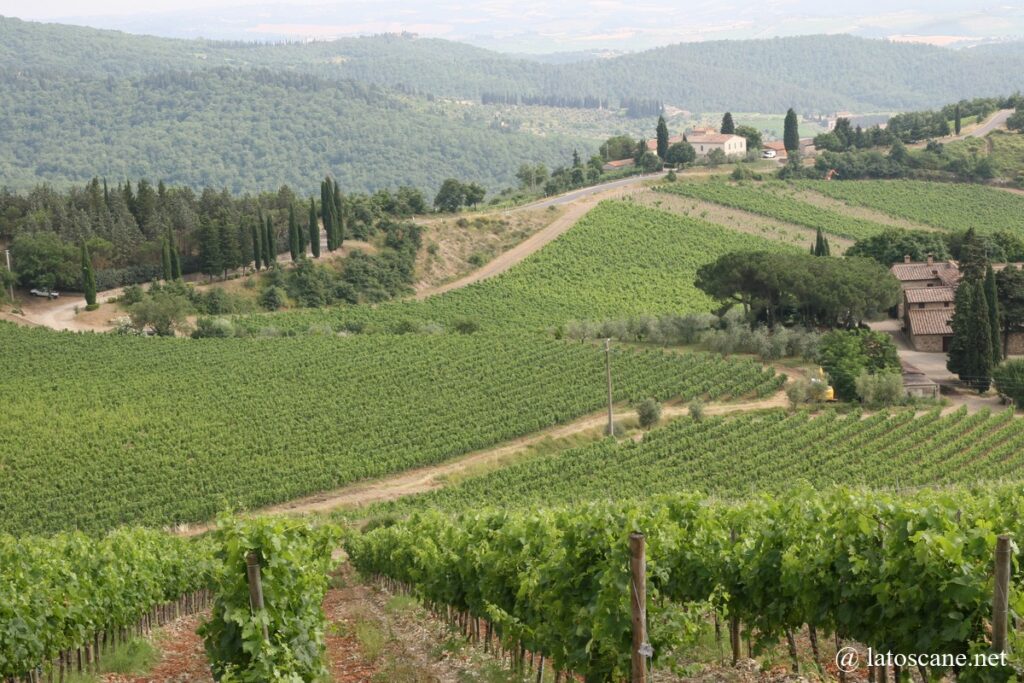
Guided tours and activities
Things to do ans see in Chianti, villages and castles
Tourist map of Chianti
If you see this after your page is loaded completely, leafletJS files are missing.
Along the Chianti wine route from north to south, from Florence to Siena …
Greve in Chianti
Greve in Chianti is considered the gateway to Chianti coming from Florence, one of its main cities, pretty and lively around its beautiful central square Piazza Matteotti with medieval look with its arcades. Its medieval church of Santa Croce was redesigned with neo-Renaissance forms.
Here you can buy or taste typical products of the Chianti region, with artisans, wine bars and restaurants, including a butcher’s shop dating back to the 18th century, and its Wine Museum.
Nearby is the charming castle of Montefioralle.
Montefioralle
On a ridge overlooking the Chianti to the west of Greve, Montefioralle is a small wonder of old stones. The panorama extends to the towers of San Gimignano and the plain of Florence.
The town, protected by walls, has a concentric street to the central castle, the church of Santo Stefano, etc.
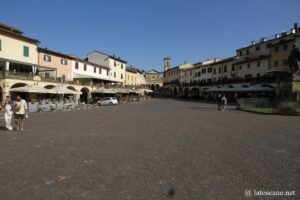
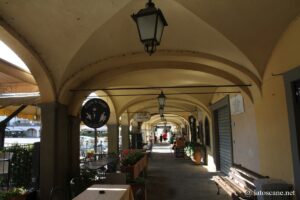
Panzano in Chianti
Panzano was a fortress in the Middle Ages, which guarded the territory of Florence. At the site of its castle stands the church of Santa Maria rebuilt in the nineteenth century neoclassical style.
The village has many nice wine bars and restaurants. Outside the town, we can see the priory of San Leolino.
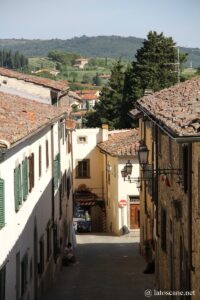
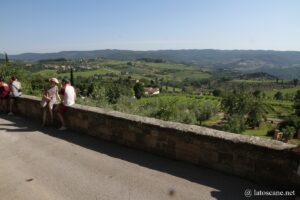
Castellina in Chianti
The ancient village of Castellina in Chianti, near the Etruscan tombs of Montecalvario, was a stronghold between Florence and Siena as evidenced by the imposing fortress of the Rocca which dominates the central square of its 14th century tower. The suggestive Via delle Volte, an underground arched street, crosses the medieval town and offers views of the surrounding area. Castellina also has plenty of wine cellars and bars. The pretty church of San Salvatore was rebuilt after the Second World War. The main square also houses the Archaeological Museum of Chianti.
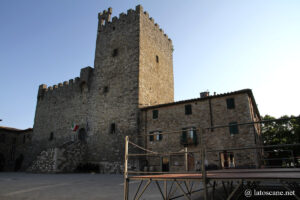
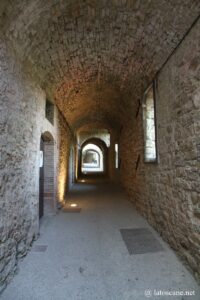
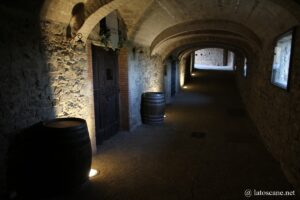
Radda in Chianti
Radda in Chianti has kept its medieval appearance with the ancient walls that protect the town, the Podestà Palace, the church of San Niccolò and nearby the former Franciscan convent of Santa Maria in Prato.
The streets of Radda are also full of wine bars and restaurants.
A few kilometres further north, Volpaia is a small fortified medieval town, an old stronghold located between Florence and Siena. It has beautiful remains like towers and old buildings, and some nice wine bars.
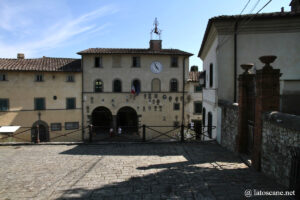
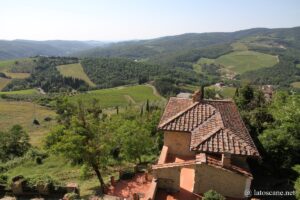
Gaiole in Chianti
At the crossroads of several valleys, Gaiole in Chianti is strategically located in the heart of Chianti to discover the castles and estates of the region, not far from Valdarno. With tourist structures and rural farms, Gaiole was a market place for the region’s wine producers.
On the heights is the pretty priory of Santa Maria a Spaltenna and in the surroundings the fortified town of Vertine, the castle of Meleto, the castle of Brolio, the abbey of Coltibuono, or the church of San Polo in Rosso.
Meleto Castle
With more than 1000 years of history, the Castle of Meleto is an exemplary building, a strategic fortress between Florence and Siena. Often disputed it has survived and remained almost intact despite the conflicts, being one of the most charming in the region, which today offers accommodation and tastings.
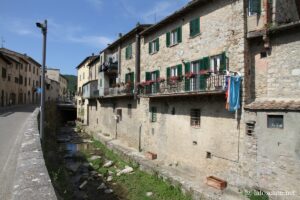
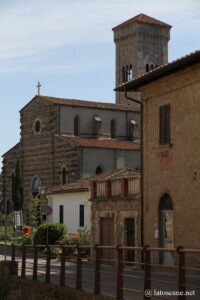
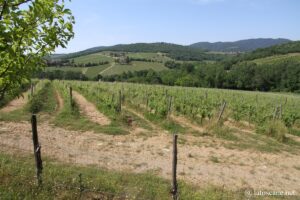
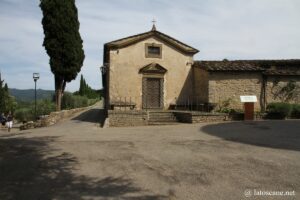
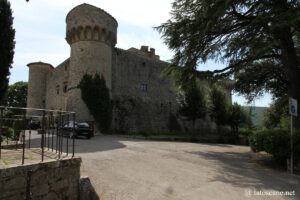
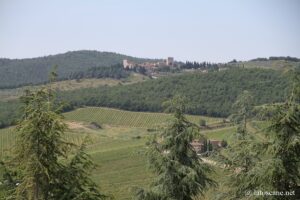
Castle of Brolio
Near Gaiole in Chianti, in the heart of the Domaine Ricasoli, the Castle of Brolio is the largest Chianti Classico domain with its proud appearance dating back to the 12th century.
It was the scene of many battles and destructions, especially with the Spanish and Aragonese in the fifteenth century, until the bombing of the Second World War.
The castle has beautiful rooms and beautiful gardens. Rebuilt multiple times, its architecture is heterogeneous from the thick medieval ramparts to the neogothic additions of the nineteenth century.
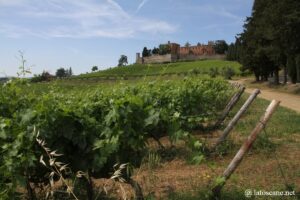
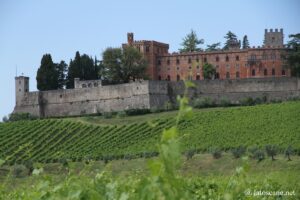
Pieve di San Polo in Rosso
The church of San Polo in Rosso in Poggio San Polo is over 1,000 years old. It was fortified and its style is Romanesque-Gothic, also conserving frescoes in its beautiful interior.
San Gusmé
San Gusmé is one of the most picturesque places in Chianti, a small medieval stone village that has retained more charm than many other villages in the region.
Castelnuovo Berardenga
Founded in the 14th century by Siena, 20 km from Siena and on the border of the Florentine lands, Castelnuovo Berardenga is the gateway to the south of Chianti.
It is a charming and peaceful village, where you can discover a large tower converted into a bell tower, a beautiful central square, the Vicole dell’Arco staircase with its red brick arches, the palaces of noble Sienese, or the 19th century Villa Chigi Saracini with its gardens.
The old Pieve di Santa Maria a Pacina is 2 km from the village.
Certosa di Pontignano
The beautiful Certosa di Pontignano (Pontignano Charterhouse) preserves some beautiful cloisters. It now hosts a hotel and restaurant and events.
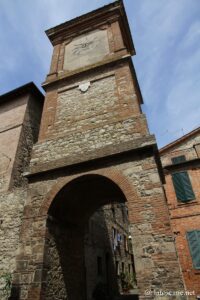
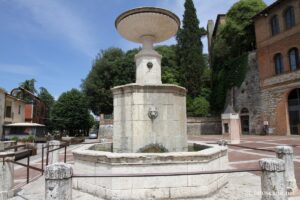
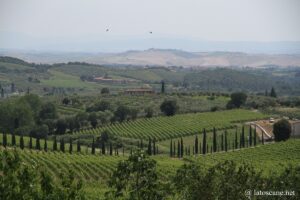
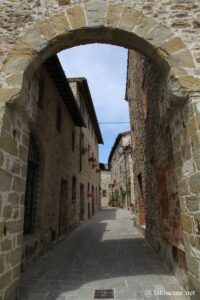
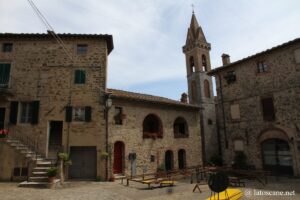
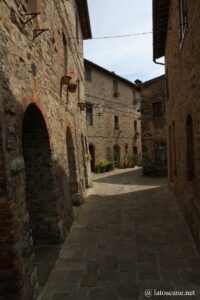
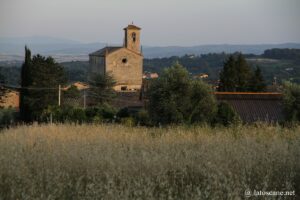
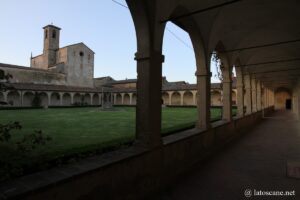
Chianti Sculpture Park
The Chianti Sculpture Park (In Italian: Parco Sculture del Chianti) is an open-air museum with works of art and contemporary installations in the heart of nature, on the commune of Pievasciata in the Sienese Chianti, with a summer concert programme.
Where is Chianti, map
If you see this after your page is loaded completely, leafletJS files are missing.
No Comments Yet